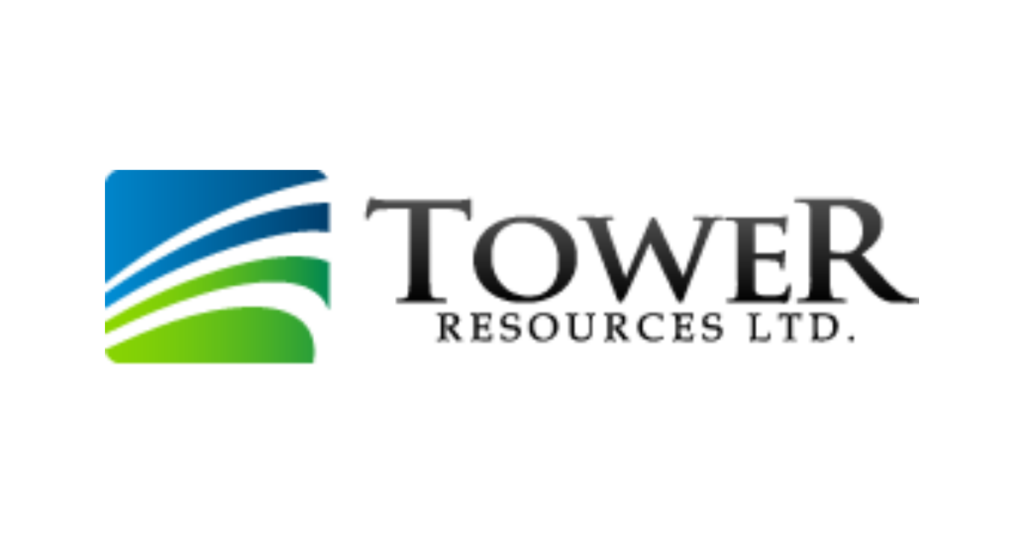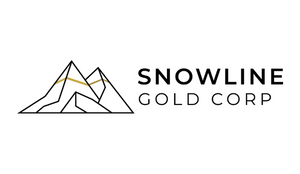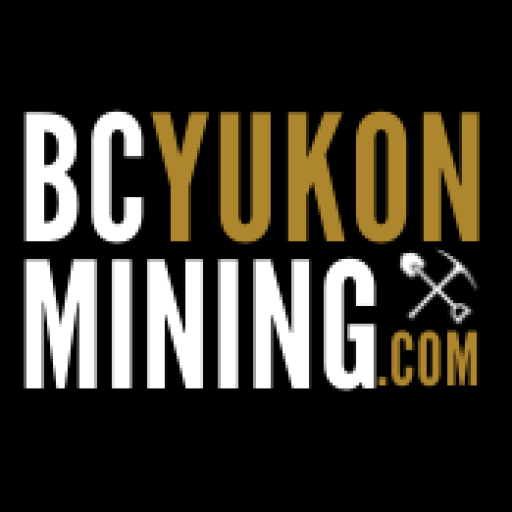Vancouver, British Columbia–(Newsfile Corp. – December 11, 2023) – Tower Resources Ltd. (TSXV: TWR) (“Tower” or the “Company“) is pleased to report that it’s September gold grain sampling up Arrow Creek on the Company’s More Creek property in British Columbia’s prolific Golden Triangle (see Fig. 1) has pinned down the source of a historical gold anomaly straddling the Red Line rift structure with which the world-class epithermal Au and porphyry Cu-Au deposits of the Triangle are closely associated.
Historical Gold Grain Anomaly – A Clue to the Property’s Au Potential
Historically, exploration in the area of Tower’s 6430 hectare More Creek property has focused on the Sinter Zone (see Fig. 2), a siliceous epithermal alteration zone that is strongly anomalous in Hg (mercury) but not in gold. However, Tower’s main interest in acquiring the property in 2016 was a high, 1.6 g g/t Au assay reported in 1990 from a single gravel sample collected at the mouth of Arrow Creek on the northern edge of the property. The anomaly was obtained from a pan concentrate, suggesting that the gravel contained physical gold grains.
Arrow Creek is fed by a receding valley glacier on the high southern part of the property and flows northward across the property for 3 km to its junction with More Creek where the anomalous sample was collected. The valley of Arrow Creek traces the Triassic Pass Fault, part of the critical Red Line rift zone between Late Triassic and Early Jurassic volcanic rocks to which most of the epithermal Au and porphyry Cu-Au mines of the Golden Triangle are closely related, including the world-class Eskay Creek, Brucejack and Red Chris deposits (see Fig. 1).
After staking the More Creek property in 2016, Tower collected three 20 kg gravel samples to investigate the historical Au anomaly (see Fig. 2). These strategically placed samples confirmed that gold grains are abundant in Arrow Creek for more than 2 km upstream and that none of this gold came from the Sinter Zone (see December 6, 2016 press release).
Joe Dhami, Tower’s President and CEO, commented: “As shown below, we have now traced the gold grains to their source area right on the Red Line, transforming More Creek into a target-ready opportunity that could attract a well funded partner while we continue to focus on Rabbit North.”
Gold Grain Results from the Present Survey
In the present gold grain survey, the upper 1 km of Arrow Creek was sampled with the exception of a 300-500 m stretch beginning at the toe of the glacier (see Fig. 3) which is covered by a landslide from the steep eastern slope of the valley (see Fig. 4a). Twelve gravel samples weighing ~15 kg were collected – nine from Arrow Creek and three from the mouths of tributary creeks (see Fig. 3). Sample 8, immediately downstream from the landslide, was a duplicate of Sample 7.
All of the gravel samples from Arrow Creek downstream of the landslide contained anomalous concentrations of gold grains whereas those collected both upstream of the landslide and from the tributary creeks contained few if any gold grains, clearly showing that the gold grains and landslide have a common source area. Moreover, the geologists who collected the samples reported that the fresh glacial melt water was acquiring a strong sulphur odour as it passed through the landslide.
Stu Averill, P.Geo., a Tower director, commented further: “Our gold grain sampling upstream on Arrow Creek quickly revealed and appears to have cornered a significant new gold target on our More Creek property following the same playbook that brought us three gold and copper-gold discoveries in rapid succession on our flagship Rabbit North property. It’s a very exciting time for our Company.”
As the number of trapped gold grains depends on the efficiency of the trap, the anomaly strength is rather erratic, ranging between 22 and 149 grains with one lower value of 7 grains. Duplicate samples 07 and 08 at the foot of the landslide yielded the second highest gold values of 58 and 61 grains, respectively.
Arrow Creek has a very steep gradient, dropping 800 m over its 3 km course. As a result, its flow rate and hydraulic energy are extreme and most of the creek bed is bouldery; only small pools of gravel are available for sampling (see Fig. 4b). Due to the creek’s high flow rate only the largest, sand-sized gold grains that typically comprise about 5% of the transported grains in a stream are settling in the gravel traps; the other 95%, being silt-sized, are carried far downstream. Therefore the gold grain anomaly in the creek is actually much stronger than indicated by the limited number of trapped grains.
Despite being transported in a harsh environment, most of the trapped gold grains are just crumpled (see Fig. 5a) rather than being fully reshaped and polished like placer gold, further attesting to their local provenance from the landslide area. Some grains still contain fresh inclusions of oxidation-prone sulphide minerals, mostly pyrite (see Fig. 5b) with rare chalcopyrite. Each anomalous sample also yielded tens of thousands of larger, liberated pyrite grains, suggesting that the source mineralization is of either the high-sulphidation epithermal or shear-hosted orogenic type.
A small split of the -0.18 mm fraction of each sample has been submitted for geochemical analysis, primarily to test for possible gold pathfinder elements such as Pb, Zn or As.
About the More Creek Property
Tower acquired the 6430 hectare More Creek property by staking in 2016 and holds a 100% interest in the property subject to a 2% net smelter royalty with a 1% buyback provision. The center of the property is just 15 km from Highway 37 (see Fig. 2), the Bob Quinn airstrip and the high voltage transmission line that powers the mines of the Golden Triangle and. As well, the service road from Highway 37 to the giant Galore Creek Cu-Au deposit to the west follows the valley of More Creek along the northern boundary of the property.
Methods and Qualified Person
The twelve gravel samples were collected on September 16 and 18 by two 2-person field crews from Tripoint Geological Services Ltd. under the supervision of Michael Brinton, P.Geo. No sampling was done on September 17 because low visibility prevented helicopter access to the Arrow Creek site. As a result, five planned sites were not sampled; however, this did not significantly compromise the program
The sample spacing along the creek averaged 150 m but varied depending on the availability of suitable gravel traps. At each sample site, sufficient gravel was screened through a 2 mm sieve atop a 20 litre pail to obtain 15 kg of coarse sand. At the Sample 07 site, twice as much material was sieved and a duplicate sample, No. 08, was collected for quality control purposes. Each sample was placed in a labeled plastic bag that was then sealed with a cable tie. The site was then photographed and its geographic co-ordinates were determined by GPS.
If a trap containing fine silty sand was found near a sampled gravel trap, a 10 kg sample of this fine material was also collected to determine whether any of the tiny, silt-sized gold grains that dominate any gold grain population are settling in these quieter traps. However, suitable fine traps were only found near five of the twelve coarse traps. Both samples from each of these pairs of traps were given the same number but were differentiated by the suffix C (coarse) or F (fine).
The samples were packed two-per-pail on pallets and trucked to the heavy mineral laboratory of Overburden Drilling Management Limited (ODM) in Ottawa for gold grain extraction. Each gold grain was measured in order to estimate its contribution to the overall Au content of the sample and the degree of physical deformation of the grain was recorded in order to evaluate its transport distance along the creek and thus the probable location of the gold source. ODM also sieved the -0.18 mm fraction from a small split of each sample and submitted it to Activation Laboratories Ltd. in Kamloops for geochemical analysis.
The technical content of this news release has been reviewed and approved by Stuart Averill, P.Geo., a director of the Company, and a Qualified Person as defined by National Instrument 43-101.
About Tower Resources
Tower is a Canadian based mineral exploration company focused on the discovery and advancement of economic mineral projects in the Americas. The Company’s key exploration assets, all in B.C., are the Rabbit North copper-gold porphyry project located between the New Afton copper-gold and Highland Valley copper mines in the Kamloops mining district, the Nechako porphyry-associated gold-silver project near Artemis’ Blackwater project and the More Creek epithermal gold project on the critical “red line” structural zone connecting the mineral deposits of the Golden Triangle.
On behalf of the Board of Directors
Tower Resources Ltd.
Joe Dhami, President and CEO
(778) 996-4730
www.towerresources.ca









